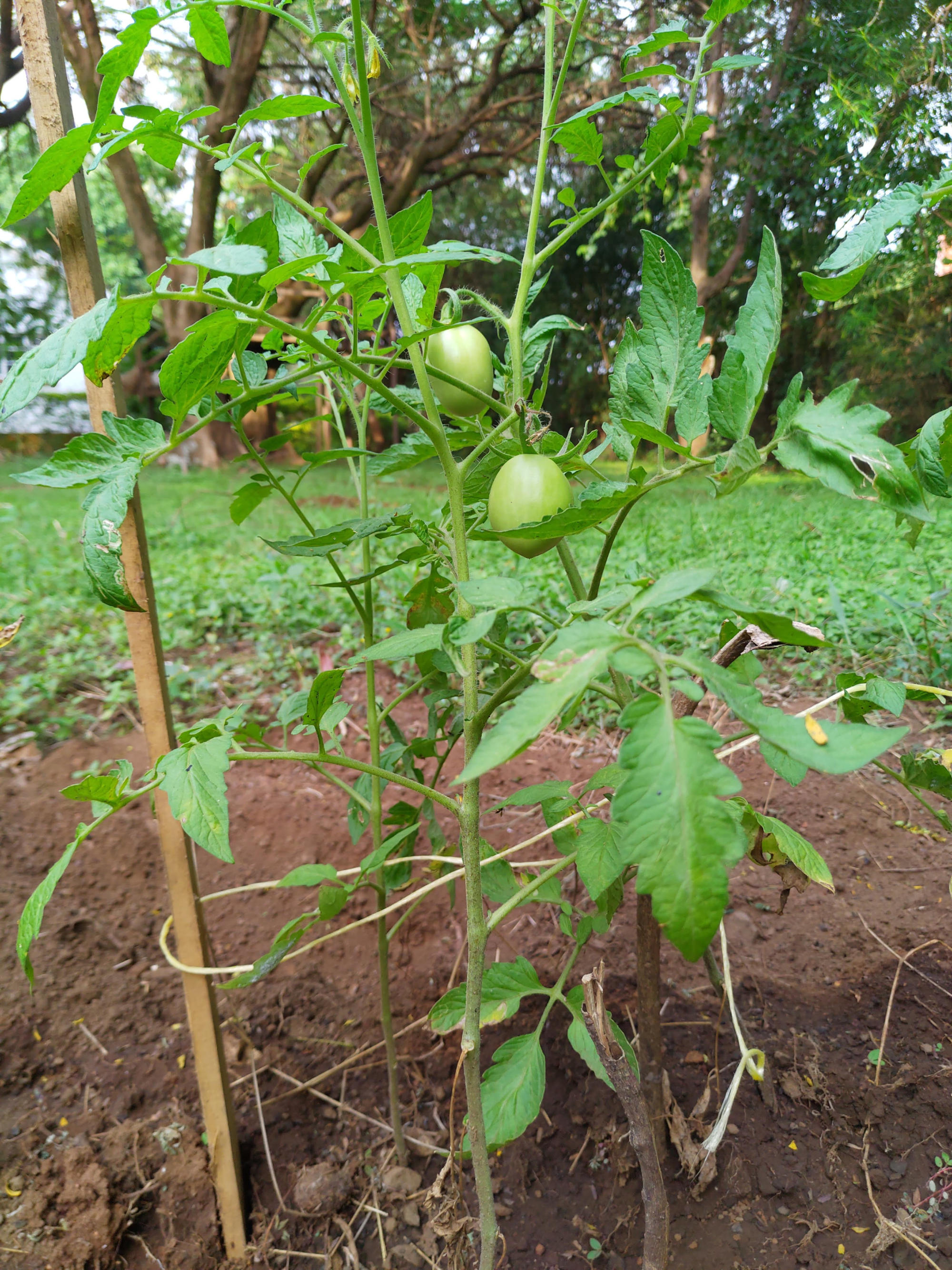Hello!
It’s been a while, and I’m trying to get back to blogging.
I’m alive and well, and I’ve spent most of this year in Kisumu. I was in Kisumu when countries started restricting international flights, and I just couldn’t decide whether to go to India or elsewhere, so I stayed put.
In hindsight, it was a great decision. I took over the office compound, which felt like an island, cut off from the realities and rapidly rising daily statistics of the outside world. The compound also has lots of space, and since I’ve always harboured ideas of living on a self-sustaining farm one day, I took up gardening.
The first order of business was to eliminate food waste from garbage. Burning is the predominant method of waste management in Kenya, and it’s sadly quite common to see plumes of smoke in the evenings as people set their garbage on fire.
I remember reading about compost circles (but I can’t seem to find any reference to it online!) and decided to use one for composting. A compost circle is a circle that’s about half or one-foot deep (depending on the amount of food waste your household produces) that you fill with your food waste. If the circle is big enough, it should take you about 6 weeks to complete a full circle, by which time the first section of the circle should have turned into fresh compost. It’s a great, continuous source of compost for your plants

With food waste covered, it was time to make sure I had a source of fresh vegetables - I dug two patches of about 2m X 3m, and planted green beans (I found a dried-up plant elsewhere within the compound and used the dry, pearly black seeds in pods, unsure if they would grow, but grow they did), cucumbers and tomatoes. It’s astonishing how quickly beans grow and how resilient they are to poor watering and intense sunlight - While the tomato plants drooped and wilted if they weren’t watered abundantly everyday, the beans seemed to flourish. Within a month, the bean plants had flowered and produced sweet, fresh beans. I’d take a break after work meetings in the evenings to water the plants and snack on young beans fresh off the plant 😍
The cucumber plants started off well, but the leaves turned yellow and the tiny cucumbers whose growth I was so excited to monitor everyday died on the vine before they could ripen. I realised it was a mistake to plant them in a spot that received sunlight for at least eight hours everyday - While the beans and tomato plants loved the direct sunlight, I believe cucumbers like the shade. Talking to a friend about the cucumber situation, I learnt there are insects that burrow into the soil and destroy the roots of cucumber plants. I did not get to confirm this because the cucumber plants were already too far gone.

I purchased tomato seeds of a variety called “Rio Grande”. I’m not sure if it’s true of tomatoes in general or the variety I tried, but tomato plants need a lot of love! Careful, plentiful watering at a consistent schedule, trellis/support, and more susceptible to diseases.

Gardening is such a joy, and I’m so glad I had the opportunity and the space to experiment with it. For a few years now, I’ve been thinking about finding a piece of land somewhere, growing my own food, if only just to feed myself, and living the life of a hermit in an environmentally sustainable way. COVID lockdowns gave me an opportunity to test that lifestyle, and I’m more confident now that I can swing it!



